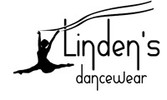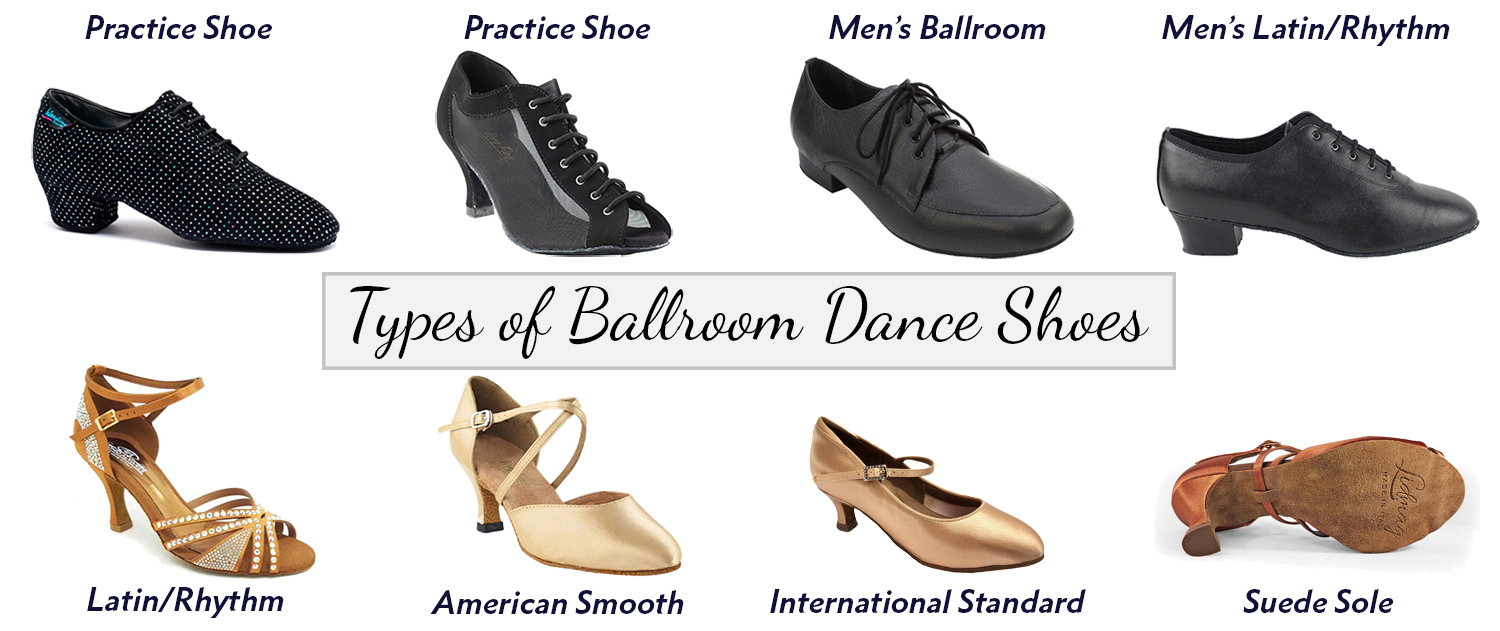Ballroom Shoe TLC: The Ultimate Shoe Care Guide
Posted by Samantha A. on 28th Apr 2025
Ballroom dance shoes are more than just footwear—they're essential equipment designed to enhance your performance on the dance floor. Proper maintenance not only extends their lifespan but also ensures they provide the grip, support, and comfort needed for every step. This guide will walk you through everything you need to know about keeping your ballroom dance shoes in top condition.
Types of Ballroom Dance Shoes
First let’s talk about what makes ballroom shoes unique. Unlike the durable, high-traction rubber soles and more relaxed fit of typical street shoes, ballroom shoes are specifically designed for dance and feature:
- A flexible construction through the metatarsal so you can articulate and point your feet
- Suede soles which offer the perfect amount of traction for dance, perfect for controlled gliding and turning
- Supportive balanced heels that center your weight
- Extra padding through the metatarsal to keep your feet comfortable during long hours on the dance floor
How should ballroom shoes fit? For all ballroom shoes you want a snug fit, with no space at the heel, creating a secure and stable fit. For open toe styles you want your toes at the very edge of the shoe, if not slightly over – This keeps you from tripping, allows you to feel the floor, and eliminates the extra shoe hanging out when you point your toes.
What are the different types of Ballroom dance shoes?
- American Smooth Shoes – Closed-toe with open sides, ankle/arch strap and a sturdy, higher heel (2.5 – 3 inches)
- International Standard Shoes – Closed-toe with closed sides, sometimes with a simple ankle strap, and a sturdy medium heel (2 to 2.5 inches)
- Latin/Rhythm Shoes – Open-toe with ultra flexible sole, and a higher slimmer heel (ranging from 2 to 3 inches) to facilitate weight transfer and articulation.
- Practice Shoes – Designed for comfort and functionality for long hours of training, they often resemble a cross between a dance shoe and a casual shoe. For ladies, they can be closed-toe or open-toe and typically have a lower heel (often flat or around 1-2 inches) for stability.
- Men’s Smooth/Standard Ballroom Shoes – Classic Oxford lace-up style made from leather with a low and sturdy heel (around 1 inch)
- Men’s Latin Shoes – Oxford lace up style, but with a higher "Cuban" heel (around 1.5 to 2 inches) and a flexible sole to allow for foot articulation.
Shoe Care & Maintenance
Your ballroom dance shoes are designed for the dance floor, keeping them in top shape requires proper treatment and maintenance.
Surfaces That Are Safe for Dance Shoes
To protect your shoes, make sure you bring them to class with you in a shoe bag (usually included with your shoe purchase) and only put them on once you’re in the studio or dance space. Never wear them outside and only wear them on appropriate surfaces:
- Ideal surfaces:
- Hardwood dance floors
- Marley dance floors
- Acceptable surfaces:
- Vinyl flooring
- Tile (indoors only)
- Smooth polished concrete (indoors only)
- Never wear your shoes outside or on:
- Sidewalks, pavement, gravel, dirt, and grass
- Moisture, including rain or spills, can damage suede soles
Most ballroom shoe brands provide a shoe bag—use it! Dance shoes should never be worn outdoors, even for short distances!
How to Maintain Your Suede Soles
Suede soles provide the perfect amount of friction giving you grip and glide, but they require regular maintenance. Over time, friction as well as dirt and sweat build up, causes the suede soles to become matted and shiny. This can make your shoes extra slippery, if you notice you’re sliding too much and the bottom of your shoes are shiny it’s time to brush them!
To restore their texture, use a metal bristle shoe brush designed for ballroom shoes. Simply brush the bottom of your shoes (against the angle of the brush bristles), until the suede becomes textured, offering you traction again.
Note: Brushing usually creates a small mess of fuzzy bits so be sure to brush your shoes outdoors or somewhere you can clean up afterwards.
How Often Should You Brush Your Dance Shoes?
- Frequent dancers (3-4 practices per week): Brush once every 1 – 2 weeks.
- Casual dancers (1-2 times per week): Brush as needed—if the shoes feel slick, it’s time for a touch-up.
- Avoid over-brushing! Excessive brushing can wear down the suede prematurely.
Heel Protectors & Heel Caps
Heel protectors help preserve the plastic heel tips and keep them from wearing unevenly. They also provide additional stability and traction. Consult your instructor to see if they recommend you use Heel Protectors.
- Ensure the correct size: Heel shapes vary (e.g., Flared, Slim), so match the protector to your specific heel type.
- Certain heels don’t have protectors: Larger heels may not fit a protector or have a suede bottom instead.
How to Apply Heel Protectors:
- Warm them up using a hairdryer or by putting them in hot water (don’t forget to dry them if you use this method)
- Stretch the opening and work the rounded end over the heel first.
- Wiggle the cap into place and press firmly against a hard surface.
Removal Tip:
Avoid forcibly pulling the protector off, as this can dislodge the plastic heel tip.
Caring for Different Dance Shoe Materials
Each material requires unique care to maintain its appearance and functionality.
- Nappa Leather: Wipe off dirt and apply clear or color-coordinated shoe polish. Let it sit for 30 minutes before buffing.
- Suede Leather: Use a crepe shoe brush to maintain its texture.
- Patent Leather: Remove dirt with a soft cloth. Apply a patent leather polish every 6-10 wears and allow it to absorb for 30 minutes before wiping off.
- Satin: Avoid abrasive cleaning tools. Use a soft cloth lightly dampened with water (for an extra tough spot you may use mild shampoo in moderation) cleaning the entire shoe evenly to prevent watermarks.
- Brocade: Store shoes separately to prevent fabric from detaching due to friction with other shoes.
- Chevro Silver, Platinum, & Antique: Made from high-quality laminated kidskin—scratches and scuffs cannot be removed.
Final Thoughts
By following these care instructions, you’ll ensure your ballroom dance shoes stay in excellent condition, allowing you to move with confidence and precision on the dance floor. Caring for your ballroom dance shoes is essential for their longevity, comfort, and performance. Whether it's keeping suede soles clean, applying the right conditioners for leather shoes, or using heel protectors for added durability, these simple maintenance steps will keep your shoes in prime condition for every performance.
Happy dancing!
Looking for new ballroom shoes? Check out our selection of high-quality ballroom shoes HERE!
For more expert tips and high-quality dance footwear, visit our website or call us today!





